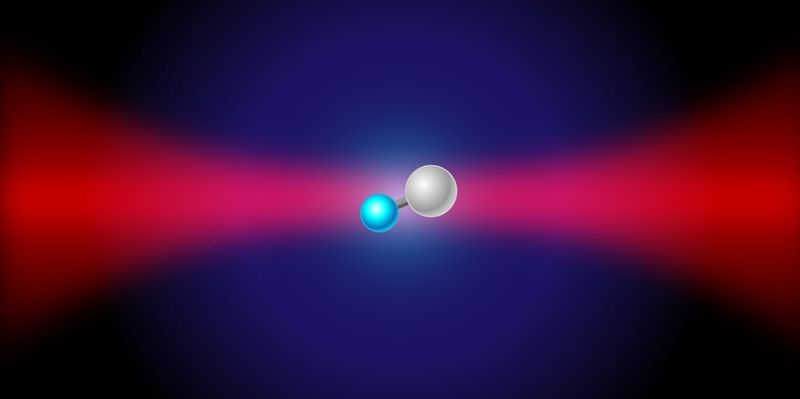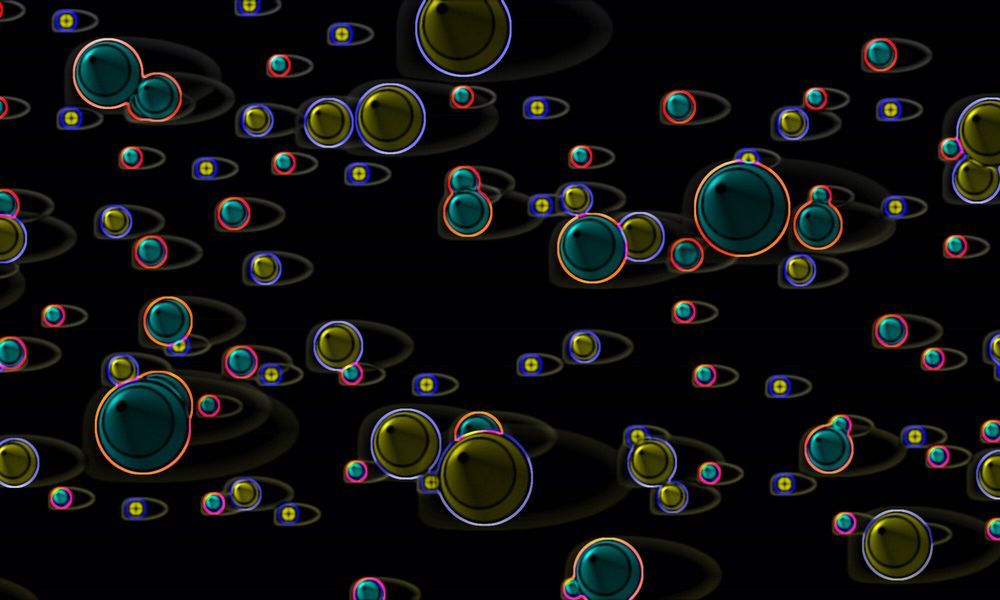Sep 21, 2020
Airbus Unveils Three Designs for Hydrogen-Powered Planes
Posted by Quinn Sena in category: climatology
A third — the most out-there among the three — is designed to seat 200 passengers. The concept merges the wings with the main body, creating a massive open space. “The exceptionally wide fuselage opens up multiple options for hydrogen storage and distribution, and for cabin layout,” an Airbus statement reads.
Airbus is hoping to drum up excitement around the idea of powering the planes of tomorrow using hydrogen gas. “The transition to hydrogen, as the primary power source for these concept planes, will require decisive action from the entire aviation ecosystem,” Airbus CEO Guillaume Faury said in the statement.
“I strongly believe that the use of hydrogen — both in synthetic fuels and as a primary power source for commercial aircraft — has the potential to significantly reduce aviation’s climate impact,” he added.

















